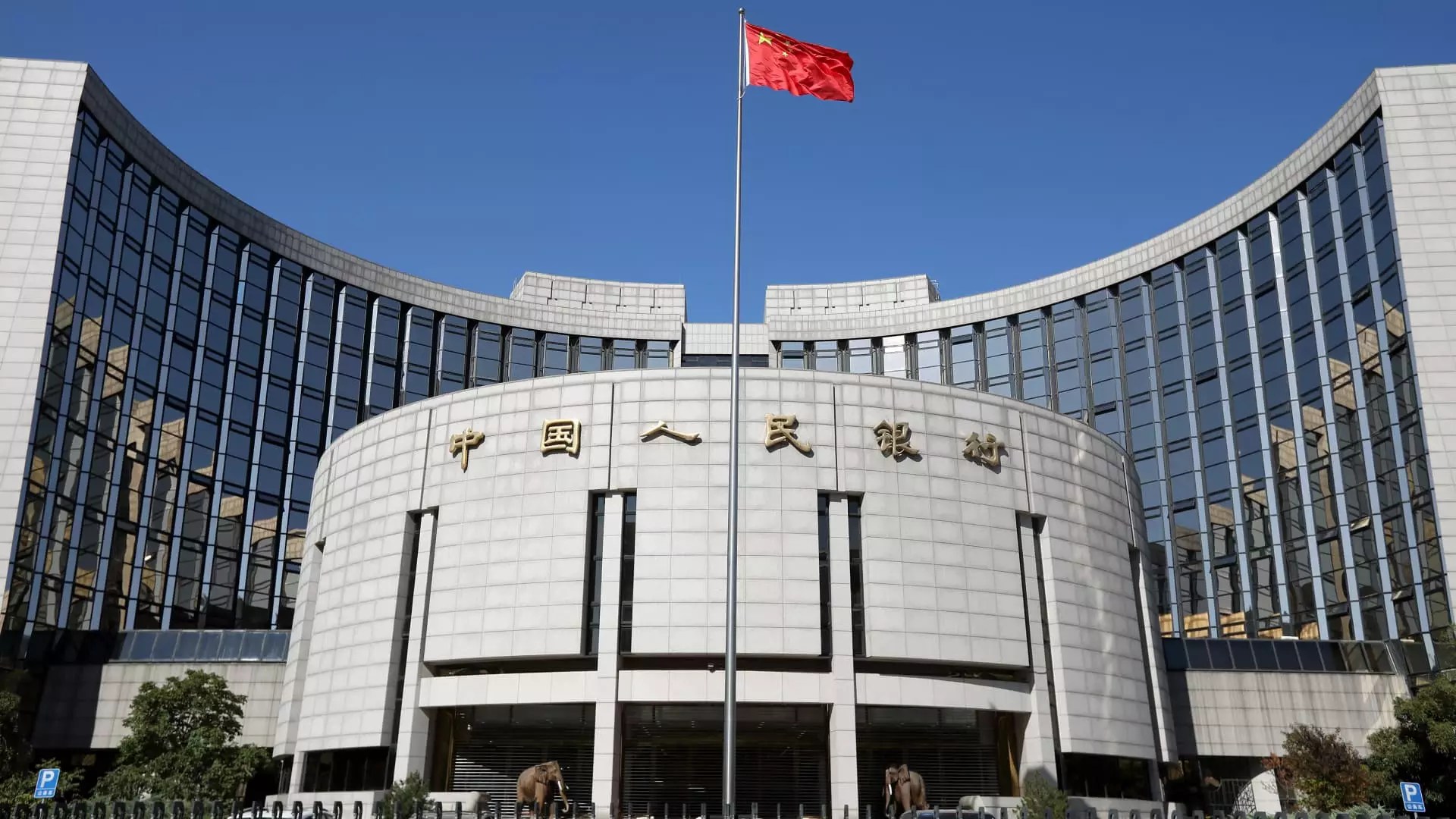Despite mounting pressure from a slowing economy, China’s decision to keep its benchmark lending rates static for the fourth consecutive month reveals a troubling complacency. While some might hail this as a sign of stability, it, in fact, underscores the leadership’s reluctance to confront the growing cracks beneath the surface. By maintaining the one-year loan prime rate at 3.0% and the five-year rate at 3.5%, Beijing signals a preference for inertia over proactive intervention. This seemingly cautious stance might appear prudent, but it risks entrenching the very stagnation that threatens long-term economic vitality. The absence of decisive rate cuts, especially amid worsening macroeconomic indicators, suggests a leadership either paralyzed by fear of inflation or unwilling to upset delicate financial markets—an understandable but ultimately shortsighted choice.
Economy in Desperate Need of Reflation
The latest data tell a bleak story: retail sales slowed, industrial output decelerated, and wholesale prices descended deeper into deflation. These aren’t mere fluctuations; they are symptoms of an economy on the brink of stagnation, desperately requiring bold policy measures. The fact that China’s export growth slows to its lowest since February, hampered by the waning effect of frontloaded shipments and external trade tensions, confirms that external vulnerabilities are undermining internal resilience. Yet, instead of triggering a comprehensive stimulus or easing measures, authorities opt for reactive inaction. This signals a missed opportunity—a chance to fortify growth before deflation and debt overhang solidify as long-term structural problems.
Political Calculations Over Economic Courage
Beijing’s refusal to cut rates further raises questions about the true priorities guiding Chinese policymakers. Their hesitation appears rooted less in economic caution and more in a political calculation to avoid destabilizing the fragile equilibrium in financial markets or provoking inflation concerns. However, this cautious stance neglects the core issue: the economy’s lagging capacity to generate robust consumption and investment. By choosing to wait, China risks lurching into a prolonged phase of sluggish growth, whereby incremental measures may no longer suffice. The recent rally in stock markets, which offered a fleeting illusion of recovery, masks the underlying structural weaknesses that require decisive action—not further delay.
A Call for Honest Reflection and Meaningful Reform
Leadership in China must confront the uncomfortable truth—its economy can no longer rely solely on debt-fueled infrastructure projects and superficial monetary easing. The current policy approach reveals a governance deeply unwilling to admit that certain traditional stimulus measures are no longer effective. To truly revive growth and avoid a long-term stagnation, China needs to embrace economic restructuring, strengthen domestic demand, and prioritize sustainable investments. Yet, the path forward remains uncertain, muddled by fears of inflation, financial instability, and political repercussions. Without a meaningful shift towards candid acknowledgment and proactive policy, China risks drifting further into a cycle where superficial stability masks profound economic decline.

